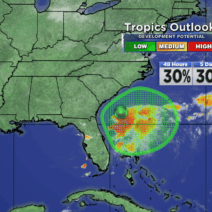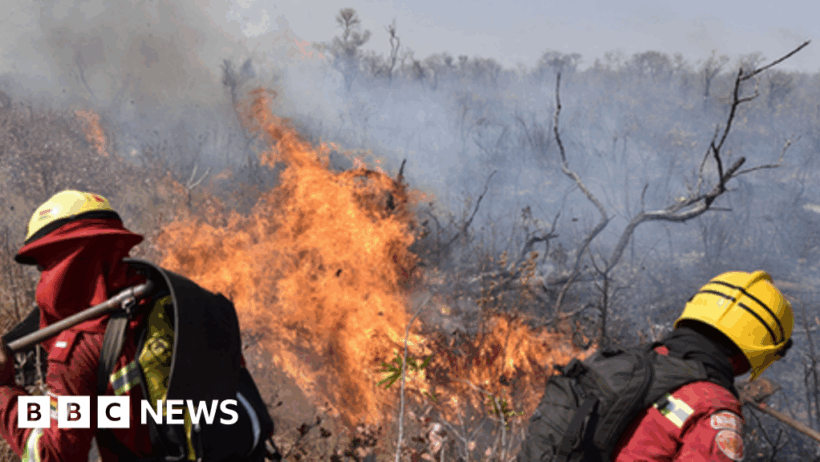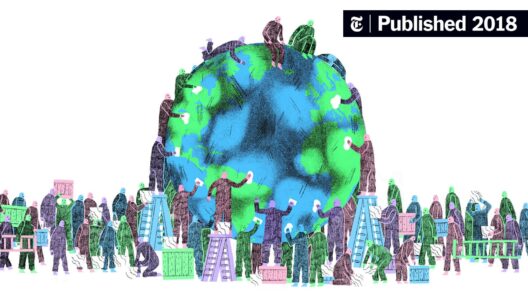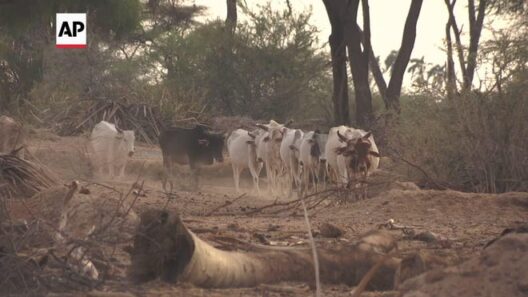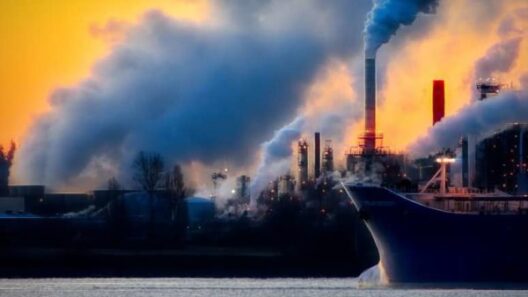Deforestation, the large-scale removal of trees from forested areas, is a significant environmental issue that has far-reaching implications for the planet. Among its many negative impacts, a particularly alarming consequence is its contribution to global warming. The relationship between cutting down trees and rising global temperatures is complex, yet vital to comprehend in our ongoing battle against climate change.
To understand the connection, one must recognize what trees do in an ecosystem. Trees act as carbon sinks, sequestering carbon dioxide (CO2) from the atmosphere through the process of photosynthesis. During this process, trees absorb CO2 and transform it into oxygen, which is essential for life. Consequently, when trees are cut down, not only is this valuable carbon sequestration mechanism lost, but the trees that have already sequestered carbon release it back into the atmosphere. This sudden influx of CO2 exacerbates the greenhouse effect, leading to further global warming.
The numbers are staggering. On a global scale, the food and agriculture organization estimates that deforestation accounts for approximately 10-15% of total greenhouse gas emissions. This statistic underscores the importance of forests as critical components in climate regulation. In fact, it’s estimated that the world would lose about 30% of its forest cover by 2030 if current rates continue, resulting in multi-dimensional environmental degradation.
Moreover, the loss of older trees, which are often larger and have accumulated more biomass, poses an even greater threat. Older trees not only sequester carbon more efficiently, but they also support biodiversity by providing habitats for various species. Their removal can lead to a cascading effect on forest ecosystems, disrupting food webs and further destabilizing the environment.
Deforestation does not happen in isolation. The drivers behind this practice are multi-faceted; economic incentives often supersede environmental considerations. Industries such as agriculture, logging, and urbanization fuel deforestation. The demand for agricultural land, particularly for commodities such as palm oil and beef, drives farmers to clear vast areas of forest. In many developing nations, this presents an immediate economic benefit, as land is cleared for crop production. However, the long-term consequences are dire.
It is crucial to recognize that the impact of deforestation extends beyond the immediate carbon loss. The alteration of landscapes can also disrupt local climates, decrease biodiversity, and contribute to soil degradation. When trees are removed, the protective canopy they provide is lost, which can lead to an increase in soil erosion. Without tree roots to anchor the soil, it becomes more susceptible to wind and water erosion, resulting in loss of fertile land and adverse effects on agriculture.
Furthermore, deforestation significantly affects the hydrological cycle. Trees play an integral role in maintaining regional moisture levels by facilitating transpiration—the process where trees release water vapor into the air. With fewer trees, regions can become drier, impacting agricultural yields and increasing the likelihood of droughts. The interplay between tree loss and altered weather patterns further demonstrates the complexity of climate change and forest ecosystems.
The phenomenon of climate change itself acts as both a cause and effect of deforestation. As global temperatures rise, some forests become more susceptible to diseases and pests, leading to increased tree mortality. Concurrently, as natural disasters such as wildfires and hurricanes become more prevalent, entire ecosystems may be wiped out, further contributing to global warming as carbon stored within those ecosystems is released. This vicious cycle emphasizes the need for holistic approaches to environmental management.
Restoration efforts, such as afforestation and reforestation, have emerged as crucial measures in mitigating the consequences of deforestation. These initiatives involve planting new trees to replace those that have been cut down, with the dual purpose of enhancing carbon sequestration and restoring habitats. Effective restoration strategies consider the ecological integrity of the region, focusing on native species that can thrive in local conditions. In addition, sustainable forestry practices that balance timber production with conservation efforts can reduce the negative impacts of logging.
Additionally, policy frameworks on a global scale, such as international agreements, can play a pivotal role in shaping the future of forest conservation. Regulatory measures aimed at reducing deforestation and promoting responsible land use are essential in curtailing carbon emissions related to tree loss. Collaboration between governments, organizations, and local communities can foster innovative solutions that protect vital forest ecosystems while also addressing economic needs.
As societies increasingly recognize the urgency of climate change, the dialogue surrounding deforestation must expand. Public awareness of the critical role forests play in climate moderation can foster greater support for conservation initiatives. Education about the environmental implications of tree loss can galvanize communities to advocate for sustainable practices and policies. Individuals can also contribute by supporting products certified as sustainable and by promoting the preservation of local forests.
In summary, cutting down trees does indeed contribute to global warming, primarily through the release of sequestered carbon and the subsequent disruption of ecological balances. The multifaceted nature of this relationship calls for an urgent and comprehensive response—one that integrates ecological restoration, sustainable practices, and heightened awareness in striving toward environmental sustainability. Ultimately, addressing deforestation is not merely an environmental imperative but a social and economic one as well, highlighting the interconnectivity of our planet’s ecosystems and the shared responsibility of all inhabitants.

